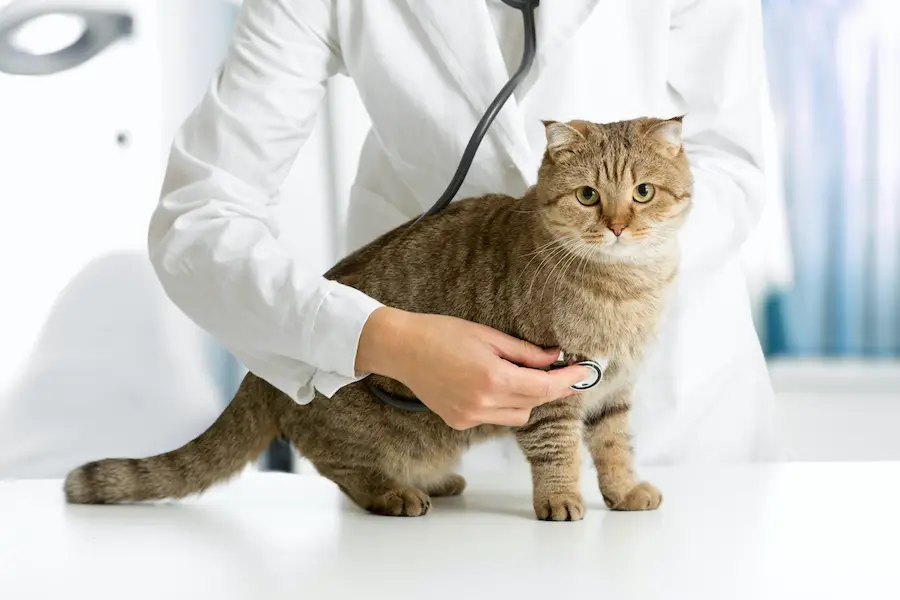The veterinary field is experiencing a severe shortage of staff and the effects are being felt everywhere. The COVID-19 pandemic that started in March 2020 ushered in a boom of first-time pet ownership. As people across the world were locked down to attempt to stop the spread of the virus, people turned to pets for companionship. Over the last two years, over 20 million pets were adopted and as of close to a year ago, 90% were still in their adoptive homes:
According to a study by the ASPCA in late May 2021 “23 million American households acquired a pet during the COVID-19 crisis and most will not consider rehoming their pet.”
But the rate of veterinarians that are graduating from veterinary schools across the United States is not keeping up with the number of veterinarians who are retiring. According to the American Animal Hospital Association (AAHA) the veterinary profession will fall short by 15,000 veterinarians by 2030 – less than 10 years from now.
James Lloyd, DVM, PhD, a senior consultant at Animal Health Economics and the former dean of the University of Florida College of Veterinary Medicine and contributor to a study conducted by Mars Veterinary Health titled Tackling the Veterinary Professional Shortage, has a few ideas including:
- Expansion of preventive healthcare programs
- Increased use of telehealth/telemedicine
- Innovative practice models
Original Story Source: Fox News, Today’s Veterinarian Shortage: How it Could Affect Your Dog or Cat
Story continues…see below.
Today's veterinarian shortage: How it could affect your dog or cat
Veterinarians across the country are feeling burned out today - potentially affecting you and your pet as you face longer-than-usual wait times for vet appointments, plus other issues. Even before today's pet adoption boom (which was brought about by the coronavirus pandemic), animal health care providers had been facing workplace stress.
Explore Vet Telehealth
Veterinary telehealth is one solution that is helping ease the burden of the veterinary shortage. Many pet owner concerns can be solved through a vet chat or video call with a licensed vet, which helps ensure that pets that require an in-person visit can actually get one.
Check out our list of the best telehealth services for your pets.
